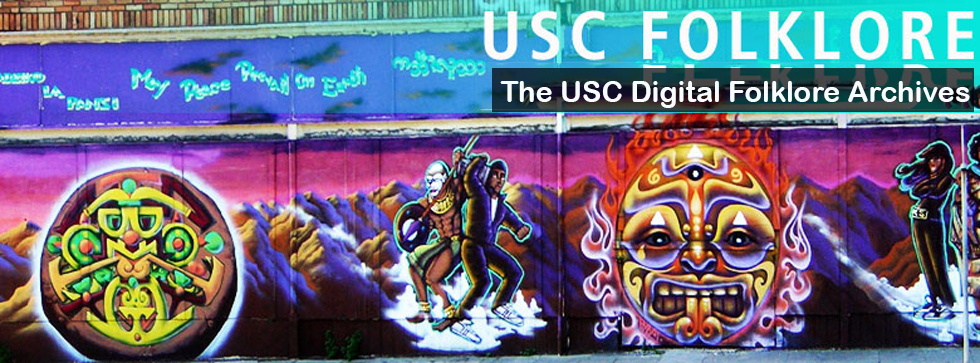Agra Hadig
Tooth Wheat
First Tooth Party
Agra Hadig is a party that celebrates a babys first tooth. Mary had one when she got her first tooth as well. She told me that the wheat of hadig denotes a special food that is made with boiled wheat, cinnamon, dried cranberries, and roasted walnuts. Another popular feature of this event is when the baby is set on a table and they just put random things around it, to see what it picks up. This is their way of predicting the babys future, and according to Mary, it works. I picked up a pen, and I like to write, said the communication major, and my sister chose the money, and it came true, becauseits not that she likes moneybut she really likes to save money. Sometimes, the adults will ritualistically tear the babys shirt. This is done so that all the rest of the babys teeth will come out easily and without pain.
I believe this tradition may have occurred because the historical Armenians might have been wary of enthusiastically celebrating and embracing a new baby until it was somewhat certain that it was healthy and will survive reasonably long. I believe this, because Agra Hadig seems to so closely resemble other traditions of other cultures in which they also delay the celebration of a babys life until after a certain point. Koreans hold a huge celebration for a babys 100th dayit was thought that if a baby could make it past 100 days, it has a good chance of living on. Ive also heard of Eastern European peoples who set that date on a babys 40th day. The Armenians, then, seem to have thought that the growth of the first tooth is a sign of health.
The ritual of discerning the babys disposition by watching it choose from a number of symbolic objects is also done in the Korean 100th day celebration. I would say that this is a show of hope and enthusiasm for the babys long life lying ahead. Now that we know this baby is healthy, they seem to be thinking, let us speculate a bit about its future!
About its reliability as a divination methodit seems to work upon the assumption that peoples lifelong personality and dispositions are inherent and static from birth. It also seems to suggest that humans have an almost instinctual, perhaps unconscious understanding of the meaning of the symbolic objects. That a born writer can somehow sense the significance of a pen the day he is bornor the day his tooth is born. There is also a hint of determinism, that idea that the destiny of a person is already somewhat determined before they realize it. I do not know much about Armenian thought, but I must say I would not be surprised if they had some belief in these thingsdestiny and static personality.
Another thought I must add. I wonder if conditioning does not play some part in this. According to my mother, I, too picked a pen, and my brother picked money. Though she is not blatantly superstitious, she does not seem to altogether dismiss belief either. I often would hear her say, and you see? Youll be an intellectual, but you cant save a dollarnot like your brother. He is too impatient to study, but he hoards every penny. Well, quite frankly, Im pretty sure Ive heard her say something like this to us much before we were old enough to actually reveal a scholarly disposition versus a financial flair. I also have to wonder if I had picked the money, and my brother, the pen, would not my mother be saying instead, and you see? You love to spend your moneybut your brother is always impatient to learn more!
I would wager to guess that constant reinforcement and conditioning by the parent with specific expectations plays no small role in the occasional (and dubious) accuracy of this particular version of the personality test.
Annotation: Dresser, N. (1999). Multicultural Celerations: Todays Rules of Ettiquette for Lifes Special Occasions. University of Virginia: Three Rivers Press, pg. 55
